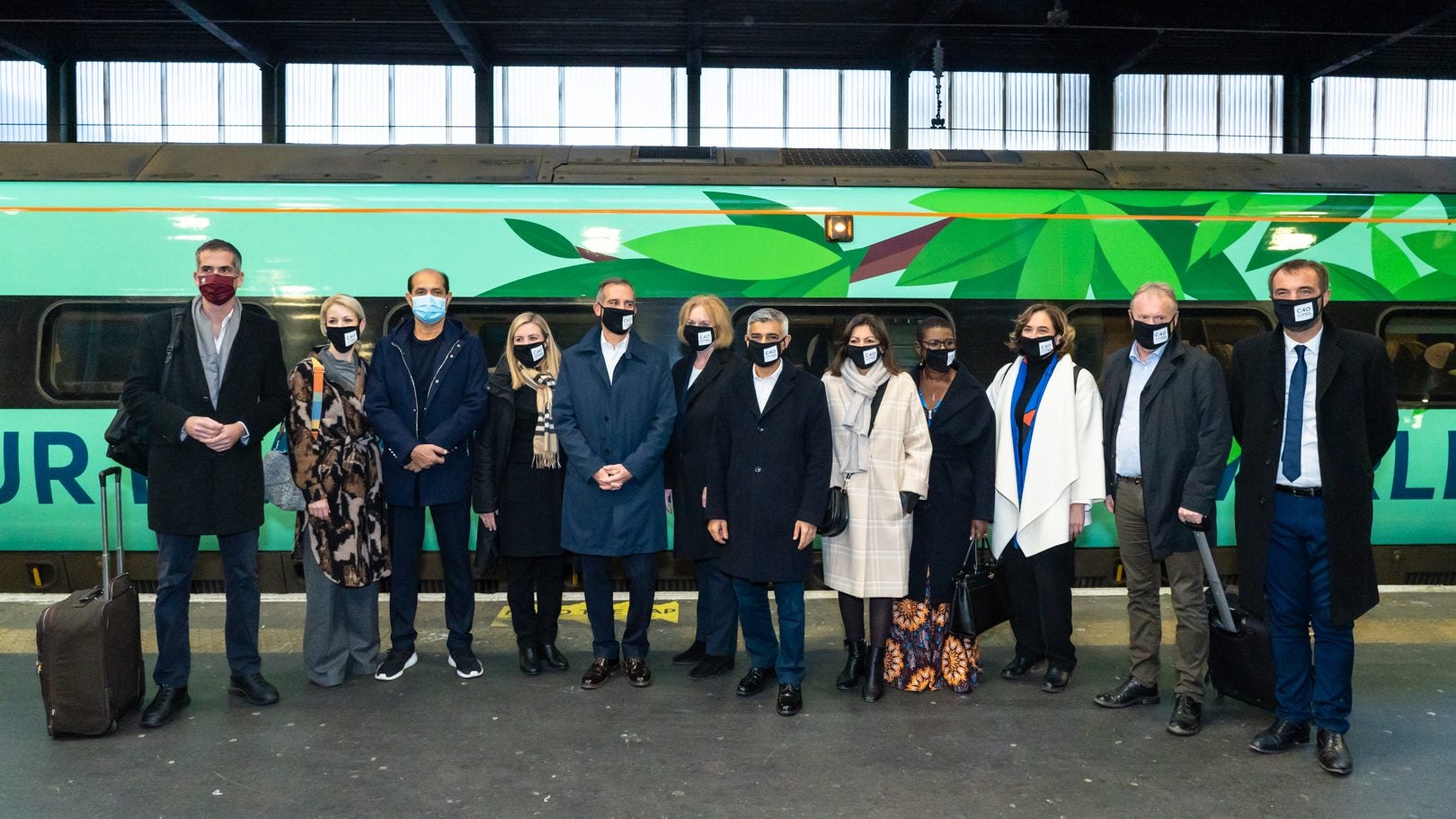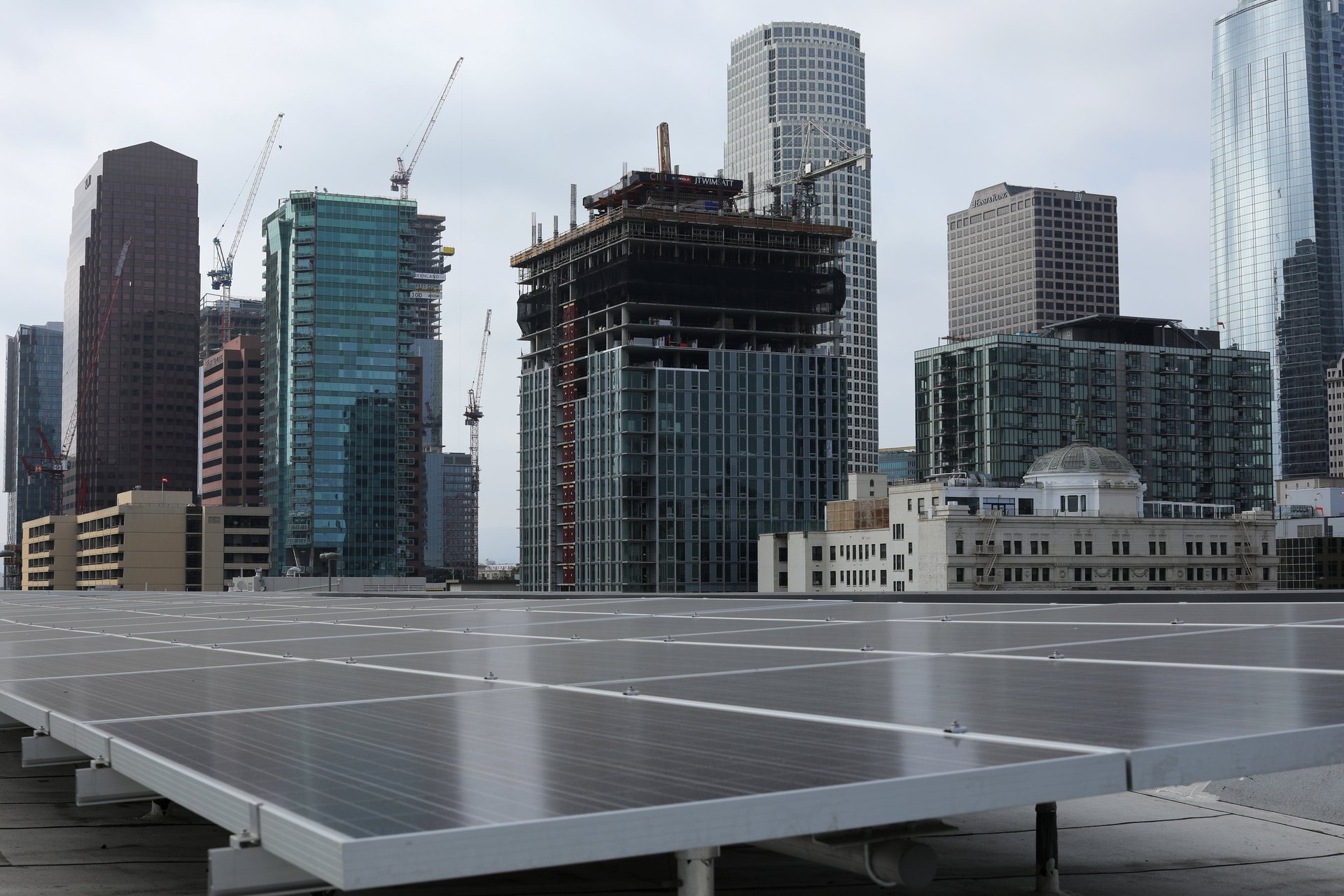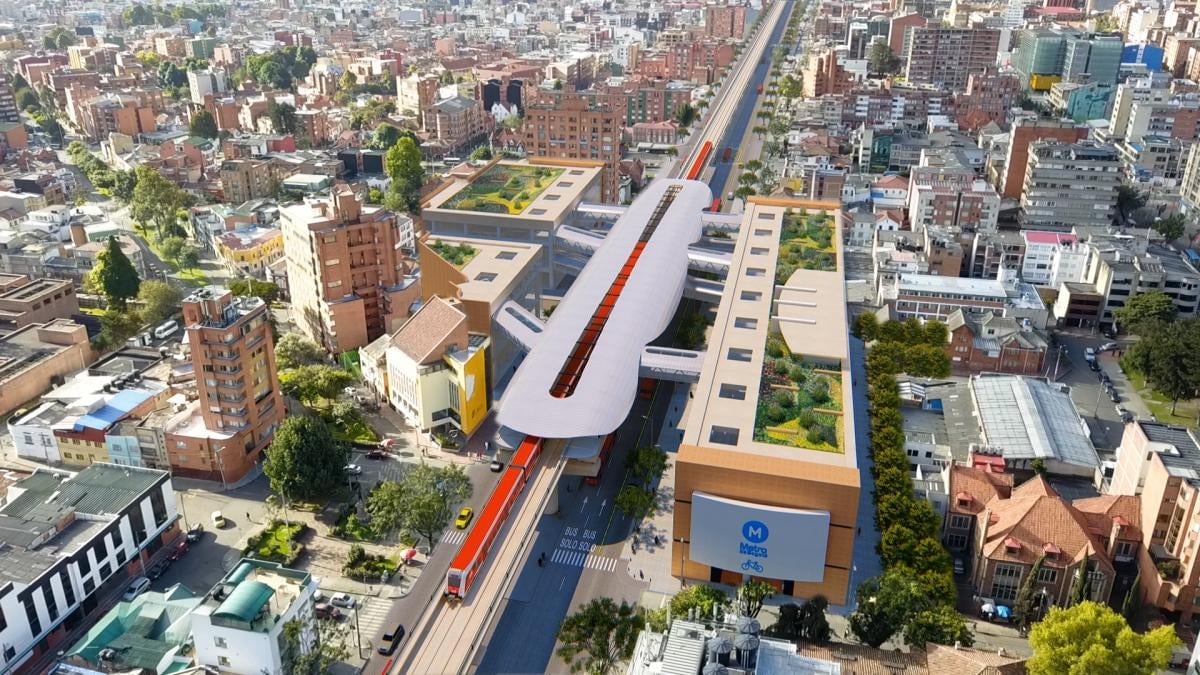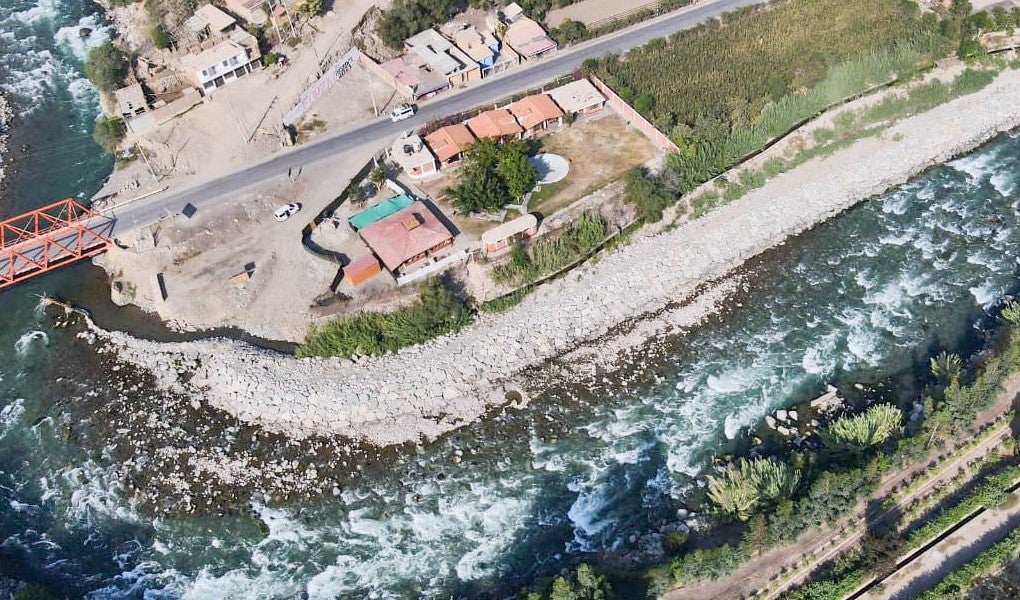Cities are showing off local climate innovations at COP26
COP26 is here, and presidents and prime ministers are hashing out how to meet their climate commitment under the Paris Agreement. But the gears of international diplomacy grind slowly, and cities want to race ahead.


COP26 is here, and presidents and prime ministers are hashing out how to meet their climate commitment under the Paris Agreement. But the gears of international diplomacy grind slowly, and cities want to race ahead.
A “virtual exhibition,” organized by international climate action organization C40 Cities and global engineering firm Arup, highlights how 11 cities around the world are taking climate action. Mayors and local leaders from around the world have arrived in Glasgow, Scotland to promote their ideas about climate action at the local level.
Cities’ can generally act faster than national governments to experiment with climate solutions that can have tangible local impacts, but seeing those projects through requires sustained funding and political will. Many of the innovations showcased at the conference are only in the early stages of timelines extending through 2040. Getting these projects completed will be of the utmost importance to meeting self-imposed local carbon neutrality deadlines between 2050 and 2060.
Generating alternative energy
Cities are taking some of the boldest action by switching to renewable energy. Auckland, New Zealand is building a hydrogen production and refueling station at its city port that would serve heavy vehicles like buses, trucks, and ferries. It’s a step towards the goal of making all the city’s port operations carbon neutral by 2040.
The city of Los Angeles has committed to switching its entire electricity grid to renewable energy by 2035, a process that will require further investments in wind and solar energy. But city leaders felt confident setting this timeline because of a report from a national US energy lab laying out possible paths forward.

Rethinking transportation networks
There’s growing consensus among city leaders that urban transportation can no longer be centered around the personal vehicle. London, recently ratcheted up its strategies to get heavily polluting cars off the road by extending its ultra low emissions zones to a bigger radius covering a quarter of the city. These are areas where vehicles that don’t meet emissions standards must pay a fine to drive.
Other places are making massive investments in public transportation, some for the first time. Jakarta, Indonesia’s capital of 10.5 million people, in recent years has added 194 kilometers of biking infrastructure, and began integrating its bus, train, and microbus systems under one fare card to make public transportation easier to use. In Bogotá, work is underway to construct the city’s first rapid transit metro system, as well as a regional train system to connect the larger metropolitan area. The new systems are being built primarily to serve longstanding transit needs, but are also expected to reduce carbon emissions by alleviating vehicle traffic that currently clogs highways. As a part of its first-ever climate action plan, Istanbul has created a sustainable urban mobility plan, which includes new investments in bike and pedestrian routes, as well as e-bikes and scooters.

Preparing for floods of the future
Cities must build for a warmer world even as they try to decarbonize. In many coastal cities, this means preparing for stronger and worsening floods. Jakarta and Mumbai are reinvesting in mangrove trees along coasts to serve as natural flood barriers, and Lima is rebuilding with flooding in mind; after parts of the Peruvian coast were devastated during El Niño floods in 2016 and 2017, Lima and other coastal cities have partnered with UK teams to design flood management systems for rivers and streams, as well as city drainage systems. Lima is also taking steps to protect people settled on the margins of major rivers from floods by developing an early warning system.

Nairobi as well has taken steps to help citizens prepare for climate disasters; with the help of international organizations, the city has developed a forecasting and early warning system for residents of informal settlements, who often live near rivers and are at the greatest risk of floods.